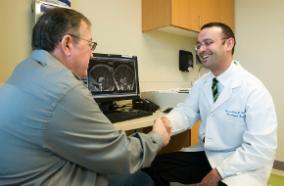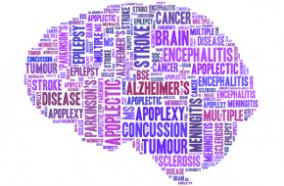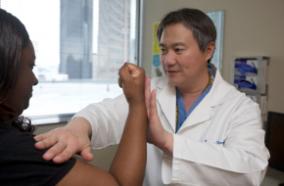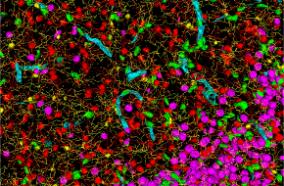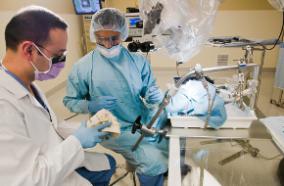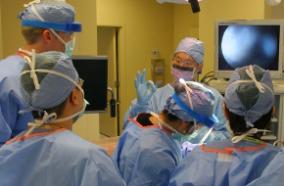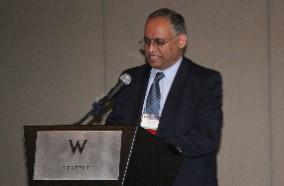Related Articles
AOSpine Consensus Paper on Nomenclature for Working-Channel Endoscopic Spinal Procedures.
Global Spine J. 2020 Apr;10(2 Suppl):111S-121S
Authors: Hofstetter CP, Ahn Y, Choi G, Gibson JNA, Ruetten S, Zhou Y, Li ZZ, Siepe CJ, Wagner R, Lee JH, Sairyo K, Choi KC, Chen CM, Telfeian AE, Zhang X, Banhot A, Lokhande PV, Prada N, Shen J, Cortinas FC, Brooks NP, Van Daele P, Kotheeranurak V, Hasan S, Keorochana G, Assous M, Härtl R, Kim JS
Abstract
Study Design: International consensus paper on a unified nomenclature for full-endoscopic spine surgery.
Objectives: Minimally invasive endoscopic spinal procedures have undergone rapid development during the past decade. Evolution of working-channel endoscopes and surgical instruments as well as innovation in surgical techniques have expanded the types of spinal pathology that can be addressed. However, there is in the literature a heterogeneous nomenclature defining approach corridors and procedures, and this lack of common language has hampered communication between endoscopic spine surgeons, patients, hospitals, and insurance providers.
Methods: The current report summarizes the nomenclature reported for working-channel endoscopic procedures that address cervical, thoracic, and lumbar spinal pathology.
Results: We propose a uniform system that defines the working-channel endoscope (full-endoscopic), approach corridor (anterior, posterior, interlaminar, transforaminal), spinal segment (cervical, thoracic, lumbar), and procedure performed (eg, discectomy, foraminotomy). We suggest the following nomenclature for the most common full-endoscopic procedures: posterior endoscopic cervical foraminotomy (PECF), transforaminal endoscopic thoracic discectomy (TETD), transforaminal endoscopic lumbar discectomy (TELD), transforaminal lumbar foraminotomy (TELF), interlaminar endoscopic lumbar discectomy (IELD), interlaminar endoscopic lateral recess decompression (IE-LRD), and lumbar endoscopic unilateral laminotomy for bilateral decompression (LE-ULBD).
Conclusions: We believe that it is critical to delineate a consensus nomenclature to facilitate uniformity of working-channel endoscopic procedures within academic scholarship. This will hopefully facilitate development, standardization of procedures, teaching, and widespread acceptance of full-endoscopic spinal procedures.
PMID: 32528794 [PubMed]

